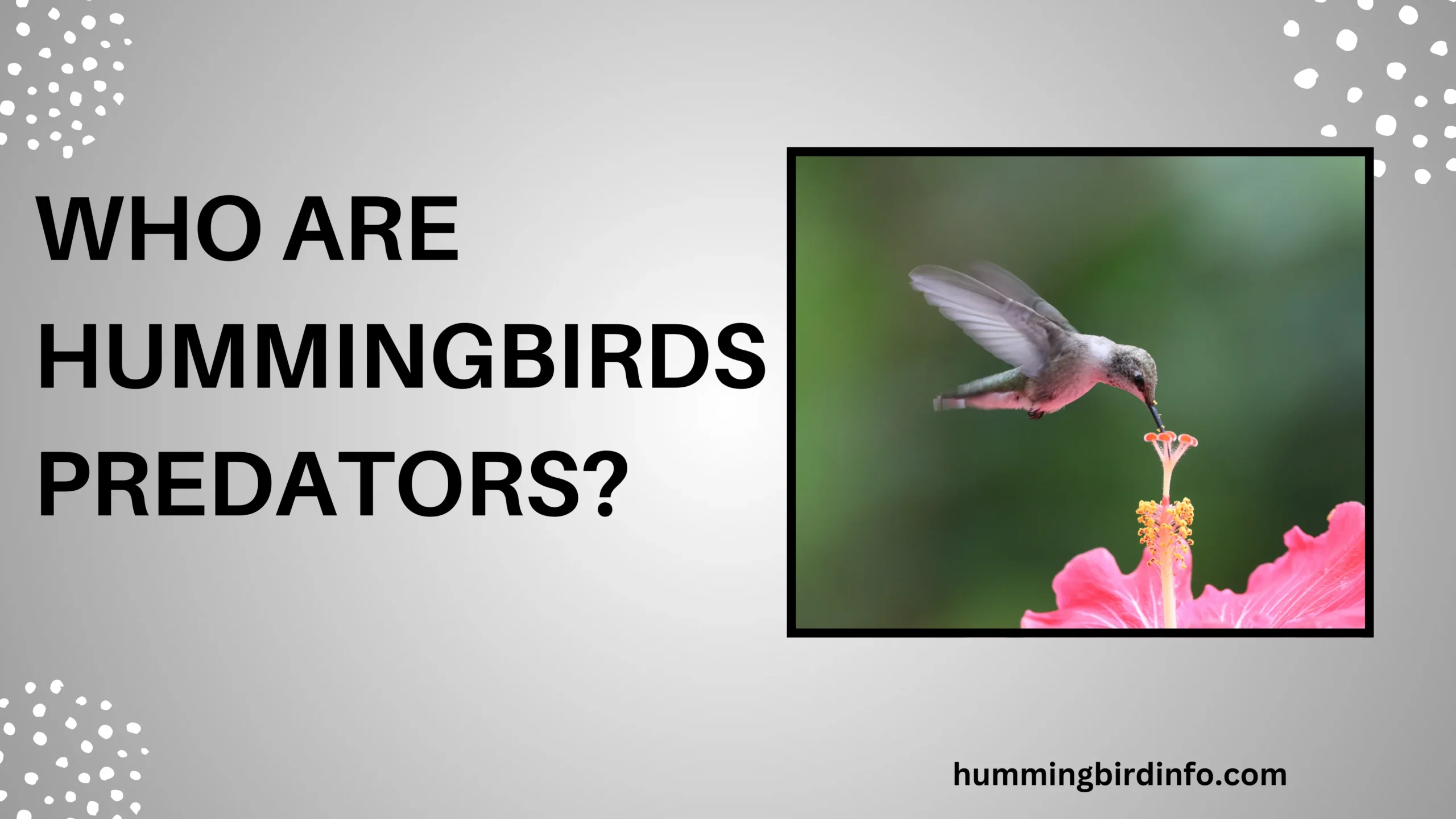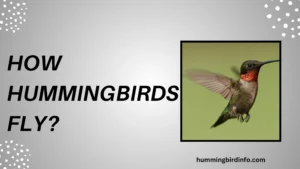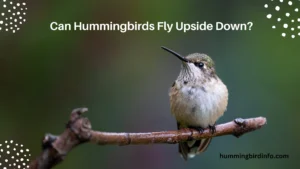Hummingbirds are often seen as symbols of delicacy, grace, and speed—tiny creatures capable of mind-blowing aerial feats, hovering midair and darting between blooms in a blur of color.
But behind their dazzling flight and beauty lies a harsh truth: even these agile marvels aren’t immune to danger. Despite their agility, hummingbirds are prey to a surprising variety of stealthy, cunning, and often unexpected predators.
From your backyard feeder to the dense canopy of tropical forests, threats lurk in every corner. Domestic cats, raptors, reptiles, insects, and even frogs are all part of a surprisingly large group of animals capable of catching and killing hummingbirds.
And these threats don’t only come from speed or strength—some predators succeed through silence, surprise, or sheer persistence.
Why does this matter to you? Because hummingbirds aren’t just fleeting flashes of color in your garden—they’re essential pollinators and vital parts of their ecosystems. Understanding what preys on them helps us grasp how fragile their survival can be and what we can do to help.
Let’s explore the predators hummingbirds face and the clever defenses these tiny warriors have evolved to survive.
Contents
- 1 The Feline Threat – Domestic and Feral Cats
- 2 Raptors of the Sky – Birds of Prey
- 3 The Silent Stalkers – Snakes and Lizards
- 4 The Insect Kingdom’s Surprising Threats
- 5 Mammalian Menaces – Beyond Cats
- 6 Amphibian Ambushes – Frogs
- 7 Hummingbird Defense Strategies
- 8 Conclusion:
- 9 FAQs
- 9.1 1. Are cats the biggest threat to hummingbirds?
- 9.2 2. Do hummingbirds have natural predators in the wild?
- 9.3 3. Can dragonflies really eat hummingbirds?
- 9.4 4. Do spiders pose a threat to hummingbirds?
- 9.5 5. Are hummingbirds safe at feeders?
- 9.6 6. What can I do to protect hummingbirds in my yard?
The Feline Threat – Domestic and Feral Cats
Cats, both domestic and feral, are among the deadliest predators of hummingbirds, especially in urban and suburban areas. These agile hunters are driven by instinct, not hunger—making them lethal even when well-fed. Their stealth and patience allow them to lie in wait near feeders or flowerbeds.
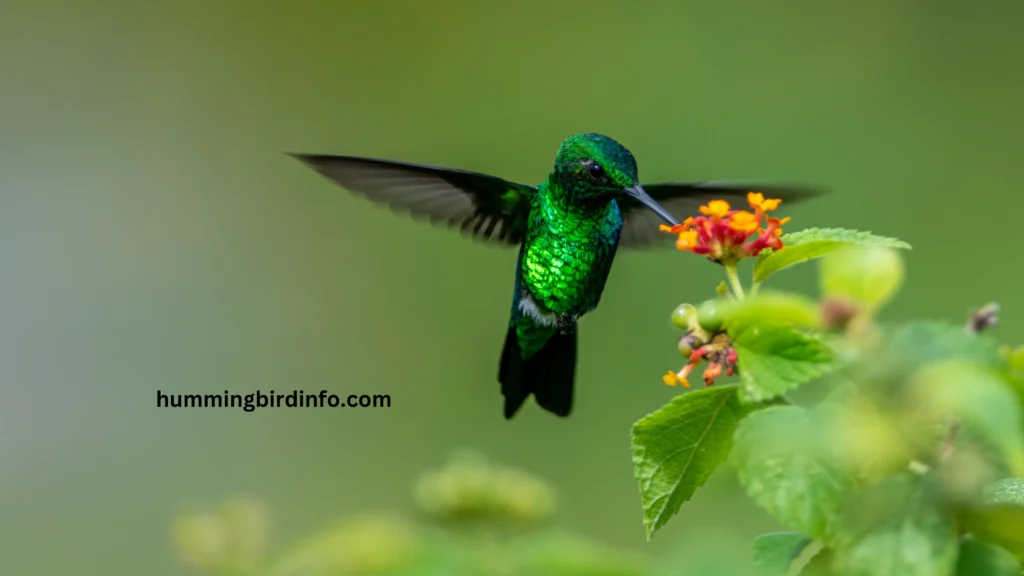
Even a single cat in a yard can become a serious threat. Hummingbirds often return to the same feeding spots, making their behavior predictable and easy to exploit. A quick leap and a swat of the paw can be fatal, even if the bird isn’t eaten.
Globally, cat predation is one of the top anthropogenic causes of bird mortality. In fragmented habitats where hummingbirds already face environmental stress, an increase in outdoor cat populations can devastate local populations silently but significantly.
Raptors of the Sky – Birds of Prey
While cats hunt from the ground, small raptors like Sharp-shinned Hawks and American Kestrels attack from the sky. These birds rely on speed, agility, and precision, often striking mid-air with astonishing skill. Their sudden dives leave little time for the hummingbird to react.
Some raptors have adapted to the presence of feeders, using them as reliable hunting spots. A feeding station meant to nourish hummingbirds can quickly turn into a trap if predators learn the routine.
Even larger birds like Blue Jays, Grackles, and Loggerhead Shrikes have been recorded attacking hummingbirds. Nestlings and fledglings are especially vulnerable, lacking the maneuverability of adults to evade these swift attackers.
The Silent Stalkers – Snakes and Lizards
Reptiles often go unnoticed but pose a serious risk, especially to eggs and chicks. Arboreal snakes like rat snakes and tree boas are skilled climbers and can reach nests tucked away in seemingly safe branches. Their approach is silent, their strike sudden.
Lizards, especially large species like basilisks and anoles, are opportunistic nest raiders. They consume both eggs and hatchlings and are particularly dangerous in tropical regions with dense vegetation.
Some reptiles are even bold enough to wait near feeders, taking advantage of hummingbirds’ focused attention while feeding. These moments of distraction can spell disaster for the unsuspecting bird.
The Insect Kingdom’s Surprising Threats
It may seem incredible, but certain insects can and do prey on hummingbirds. Large praying mantises have been documented catching hummingbirds at feeders, grabbing them mid-hover with lightning reflexes. Some species, like the Chinese mantis, pose a special threat due to their size.
Dragonflies, especially large ones like the Green Darner, have also been recorded catching and eating hummingbirds. Though rare, these events show how unexpected some predator-prey interactions can be.
Even spiders can be deadly. Large orb-weavers spin strong webs that can entangle small hummingbirds, especially in low-light conditions. If a bird cannot escape quickly, it may die from exhaustion or predation.
Mammalian Menaces – Beyond Cats
Other mammals besides cats also threaten hummingbirds. Squirrels, chipmunks, and raccoons are opportunistic predators that will raid nests for eggs or nestlings when the opportunity arises. These animals are particularly dangerous during the breeding season.
Their small size and tree-climbing skills make it easy for them to reach hidden nests. Once found, a nest often becomes a one-time buffet, quickly emptied of life.
Because these mammals are common in gardens and forests alike, their presence near feeders or dense shrubs can pose an unseen threat to nesting birds.
Amphibian Ambushes – Frogs
Though rare, there are confirmed reports of bullfrogs and other large frogs catching hummingbirds. These ambushes typically happen near water sources, where frogs sit motionless until the right moment.
A hummingbird sipping water or feeding low to the ground may become a target. With one quick lunge, a frog can snatch the bird from the air.
The risk may be low, but it’s a powerful reminder of how hummingbirds must remain constantly vigilant—even near a pond.
Hummingbird Defense Strategies
Despite the many threats, hummingbirds have developed impressive defenses. Their speed and flight agility allow them to dart away from most predators before they strike. Their small size also makes them harder to target.
They are highly alert, pausing frequently to scan their surroundings. If they detect movement, they flee instantly. Some species even mob larger birds, teaming up to harass predators until they leave.
Hummingbird nests are often camouflaged with moss and lichen, blending perfectly with the surroundings. Some choose nesting spots near hawks to deter smaller predators, relying on the bigger birds for indirect protection.
Emerging research also suggests that hummingbirds may use scent cues to detect predatory insects like ants, avoiding nesting spots that carry chemical warning signals.
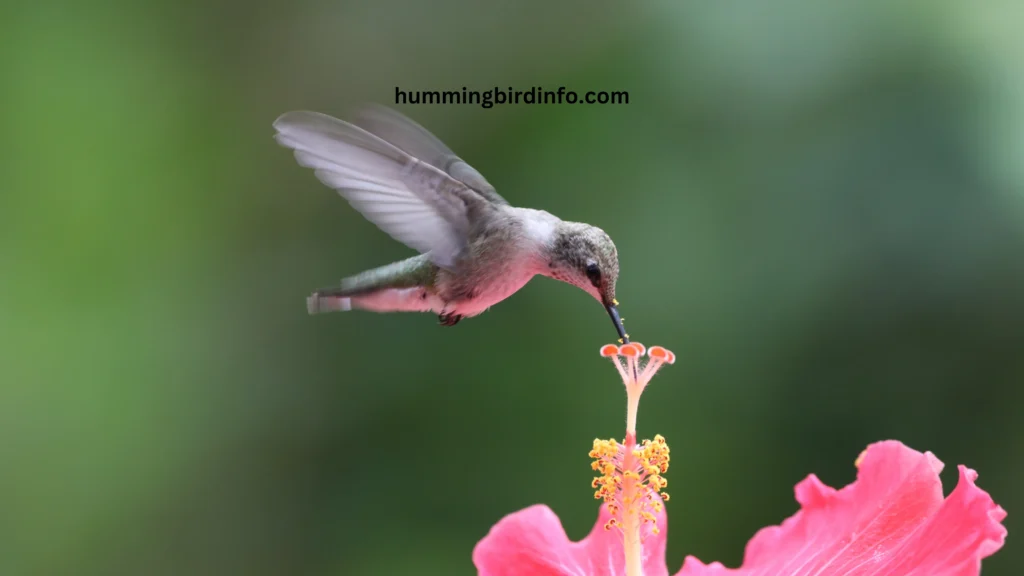
Conclusion:
Hummingbirds may appear invincible in their aerial acrobatics, but they live in a world full of dangers. From cats and hawks to insects and frogs, their small size makes them vulnerable to a wide range of predators.
Understanding these threats helps us better protect them—especially in our own backyards. By taking simple steps like keeping cats indoors and placing feeders strategically, we can reduce unnecessary risk.
These tiny creatures face big odds but continue to dazzle us with their resilience. Every flutter is a story of survival. And that’s what makes them not just beautiful—but remarkable.
FAQs
1. Are cats the biggest threat to hummingbirds?
Yes, domestic and feral cats are among the top predators, especially around feeders and gardens in urban areas.
2. Do hummingbirds have natural predators in the wild?
Absolutely. They are hunted by hawks, snakes, frogs, mantises, and even large spiders.
3. Can dragonflies really eat hummingbirds?
Yes, although rare, large dragonflies like Green Darners have been observed catching and consuming hummingbirds.
4. Do spiders pose a threat to hummingbirds?
Yes, orb-weaver spiders with strong webs can trap hummingbirds, especially if the birds panic and become entangled.
5. Are hummingbirds safe at feeders?
Not always. Feeders attract not just birds but also predators, including cats, raptors, and mantises.
6. What can I do to protect hummingbirds in my yard?
Keep cats indoors, place feeders away from cover that predators might use, and avoid strong chemicals that deter insect-based food sources.

